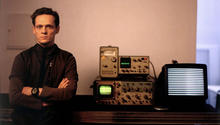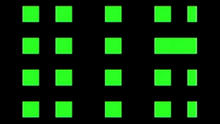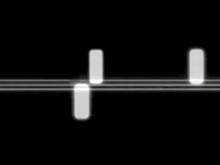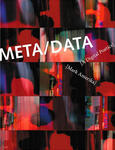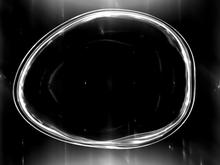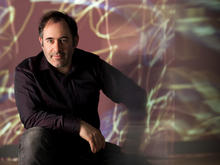Grid Index
(2009)by Carsten Nicolai is the first comprehensive visual lexicon of patterns and grid systems. Based upon years of research, Nicolai has discovered and unlocked the visual code for visual systems into a systematic equation of grids and patterns.
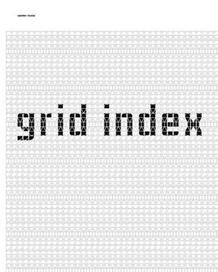
Grid Index is the first comprehensive visual lexicon of patterns and grid systems. It is an essential reference book for designers, visual artists, architects, researchers and mathematicians. From the simplest grids made up entirely of squares to the most complex irregular ones with infinitely unpredictable patterns of growth, the book itself is a work of art.
All visual information and forms, whether illustration, graphic design, painting or architecture are comprised of two dimensional grids and patterns, much like the way that computer information is made up of zeroes and ones. Based upon years of research, artist and musician Carsten Nicolai has discovered and unlocked the visual code for visual systems into a systematic equation of grids and patterns.
A CD accompanies the book and contains all of the grids and patterns featured in the publication as editable vector graphic data files. This multifunctional and universal tool can be used effortlessly on virtually any platform, operating system and graphics software such as Autodesk and Adobe Illustrator, and applied to every field of visual culture. Grid Index can be used to map out the underlying grids of any single image or form and to create recurring geometrical grids in graphic design.
One of the most renowned German contemporary artists, Carsten Nicolai has continued to work at the intersection of art and science. He has exhibited internationally at Documenta X, the Venice Biennale and New National Gallery, Berlin. He has also released albums and staged performances with Ryuichi Sakamoto at the Guggenheim, New York, San Francisco MoMA and Centre Pompidou, Paris.
With Grid Index, he has unlocked our world by formulating a universal index of the foundations of visual language. Comparable to Ernst Haeckl's Art Forms of Nature, this book is an indispensable tool for designers and scientists or anyone interested in the basic structure of the visual world.
Source: Gestalten
ISBN-10: 3899552415
ISBN-13: 978-3899552416

